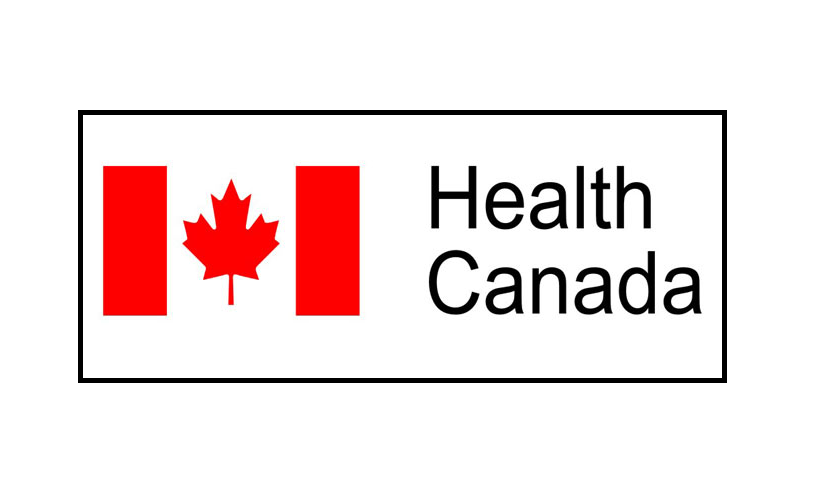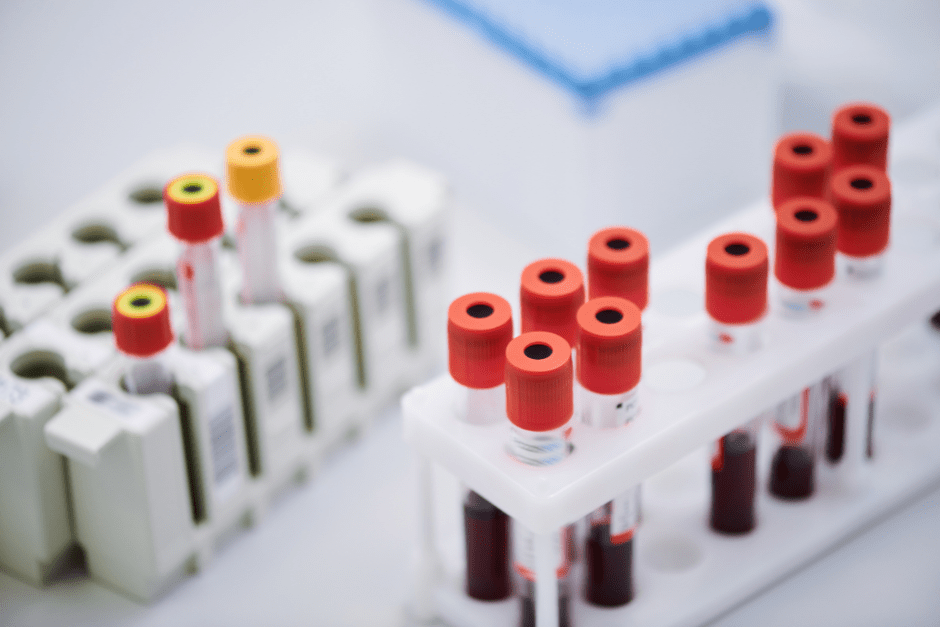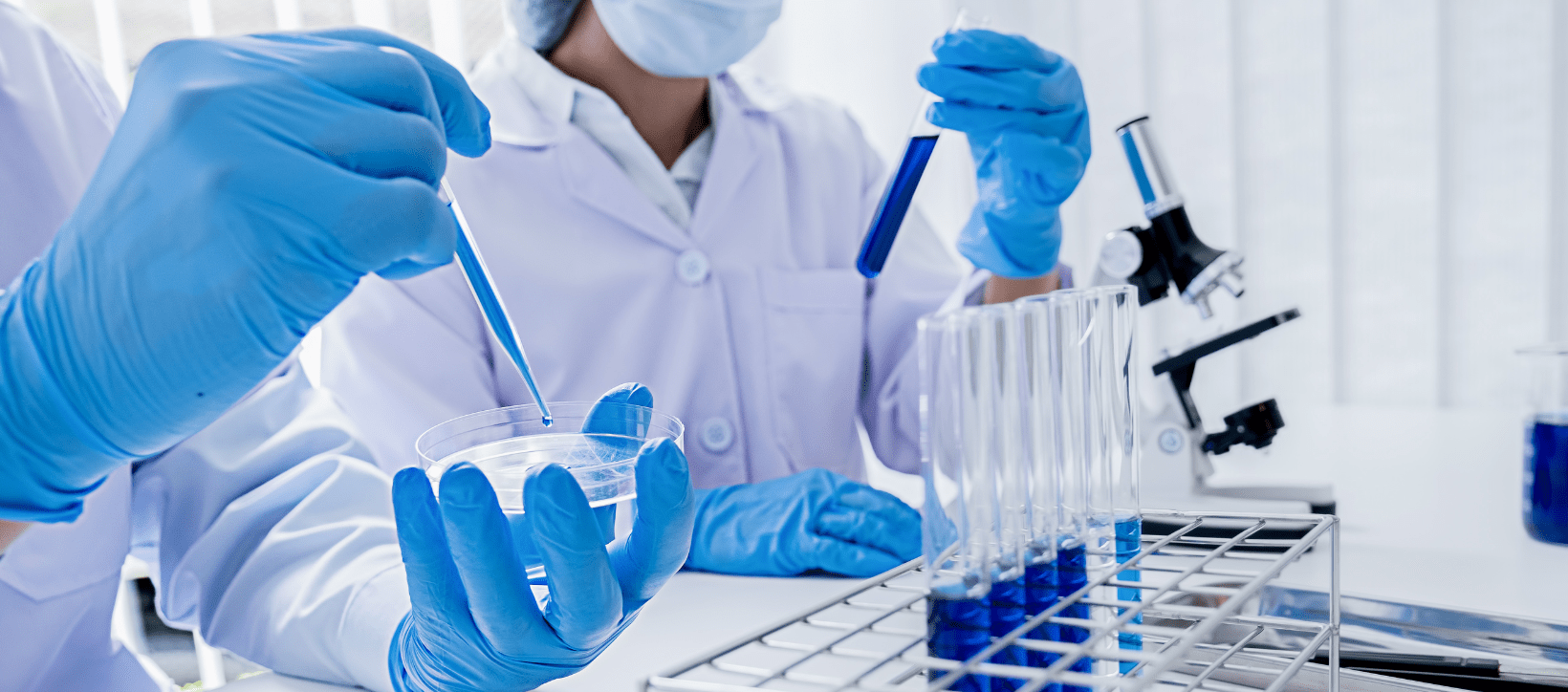The article highlights the aspects related to the regulatory status of such categories as “medical device group”, “medical device group family” and “medical device system”.

Table of Contents
Health Canada, the Canadian regulating authority in the sphere of healthcare products, has published a guidance document dedicated to the approach to be applied when determining the type of applications related to medical devices.
The document provides an overview of the applicable regulatory requirements, as well as additional clarifications and recommendations to be taken into consideration by medical device manufacturers and other parties involved in order to ensure compliance thereto.
At the same time, provisions of the guidance are non-binding in their legal nature, nor are they intended to introduce new rules or impose new obligations.
The authority also reserves the right to make changes to the guidance and recommendations provided therein, should such changes be reasonably necessary to reflect corresponding amendments to the underlying legislation.
The scope of the guidance covers, inter alia, the criteria applicable to the medical device group, medical device group family, and medical device systems.
The document describes in detail the regulatory status of the abovementioned categories and highlights the key points to be considered by medical device manufacturers in this respect.
Medical Device Group Criteria
First of all, the document provides additional clarifications about the regulatory status of a medical device group.
According to the guidance, a medical device group is a collection of medical devices under a single device identifier.
This can include procedure kits or first aid kits, as defined by the Global Medical Device Nomenclature (GMDN) Agency.
For instance, a cardiovascular procedure kit may have various versions, such as those with different catheter lengths.
Each version would have its unique identifier and may be part of a medical device group family license or authorization.
As further explained by Health Canada, the key point here is that the components of a medical device group need not be made by a single manufacturer.
Under the general rule, the entity that matches the manufacturer’s definition per section 1 of the regulations should possess the license or authorization.
Each device within a group can either be labeled individually or supplied in bulk. However, the entire group is sold under a single name, such as the Acme Suture Tray by Medical Devices Ltd.
This kit might include multiple tools, like needles and drapes, aimed at a specific function like wound closure.
The manufacturer of the group holds the license, even if the kit contains devices made by different manufacturers.
Devices within a group cannot be sold individually unless they possess a separate license or authorization.It is also important to mention that in accordance with Section 31(1) of the regulations, a medical device group is considered licensed if every device in the group is individually licensed.
This provision enables manufacturers to combine their individually sold products into promotional packages without requiring additional licenses.
Medical Device Group Family Criteria
A medical device group family is a broader category comprising multiple medical device groups. These groups should:
- Be from the same manufacturer.
- Share the same generic name indicating their use.
- Only differ in the combination or number of products in each group.
Examples of group families include diverse procedure kits or first aid kits.
The authority additionally emphasizes the importance of ensuring that the sterility of devices within the kits is preserved.
If sterility differs significantly within a group, a new license or authorization is needed for that group.
A practical example would be the Pro-Pack Surgical Kits by ABC Surgical Supply Company. These kits, which contain varying sizes and shapes of items like alcohol swabs and needles, can apply for one license as a medical device group family.
hey are customized for specific surgeries and hospitals based on a pre-approved list of devices.
Medical Device Family Criteria
The guidance also highlights the key points related to the regulatory status of medical device families.
According to the guidance, devices within a family are produced by the same manufacturer and only exhibit differences in attributes such as shape, color, size, or flavor.
They share the same design, manufacturing process, and purpose, even if brand names differ.
Certain devices within a family can act as standards for key testing, encapsulating the entire family’s range of specifications.
For instance, in a family of stents, representative devices might include models at extreme lengths and diameters, assuming all other facets remain identical.
Under the general rule, family devices should fall under the same Global Medical Device Nomenclature (GMDN) code.
As further explained by Health Canada, the main family device criteria is the uniformity in key materials used and the manufacturing process supported by sufficient evidence.
For instance, dental materials differing only in colour or sutures with identical chemical ingredients but varying percentages qualify as family members, while devices processed via distinct sterilization methods don’t.
Devices in a family should be covered by a singular primary intended use. Minor variances in indications are permissible as long as they do not deviate substantially.
Furthermore, family devices are typically supported by identical manufacturing process validation requirements.
In summary, the present guidance provides definitions of the key terms and concepts used in the context of medical device applications. The document also highlights specific aspects related to single medical device applications and medical device families.
Medical Device System Criteria
A medical device system integrates multiple components meant to work together to serve the device’s intended functions.
This system is represented and sold under a shared system name. It can be generic, such as a “gynecological ultrasound system” or brand-specific like “ABC Ultrasound System 1”.
If components of a system have varying names but are meant to function together, they should share the same system license.
An illustrative example is the XYZ Implant and its AA delivery system manufactured by ABC Implants. Though they bear different names, they are part of a singular system and should share one license.
Each medical device system has one primary intended use.
For instance, a radioablation system with various components like an RF generator and power cart will share the overarching purpose of cutting and coagulating tissue.
There should be only one manufacturer for all system components.
Components labeled under a different manufacturer’s name must acquire their own licenses or authorizations.
Additional Information for Systems
The document also provides additional considerations to be taken into account with respect to medical device systems. For all Class II, III, and IV system components deemed as individual medical devices, they must be listed on the license or authorization when they are to be sold or imported into Canada.
This inclusion extends to replacement or spare components available to end-users.
In most scenarios, multiple systems need separate licenses or authorizations. In some rare cases, complex systems might be on a family license.
In such instances, manufacturers must clearly document their qualification for this option, grounded in the family license criteria.
In summary, the present document provides comprehensive guidelines on medical device group criteria, medical device group family criteria, and medical device system criteria.
The authority explicitly mentions the importance of licensing and authorization in ensuring that medical devices meet regulatory standards and offer safe and efficient solutions to users.
How Can RegDesk Help?
RegDesk is an AI-powered Regulatory Information Management System (RIMS) designed to simplify global compliance for medical device companies. With regulatory intelligence covering 120+ markets, RegDesk helps you prepare and publish global submissions, manage standards, conduct impact assessments, and stay ahead of regulatory changes all from a single, centralized platform. Expanding into new markets has never been easier.


